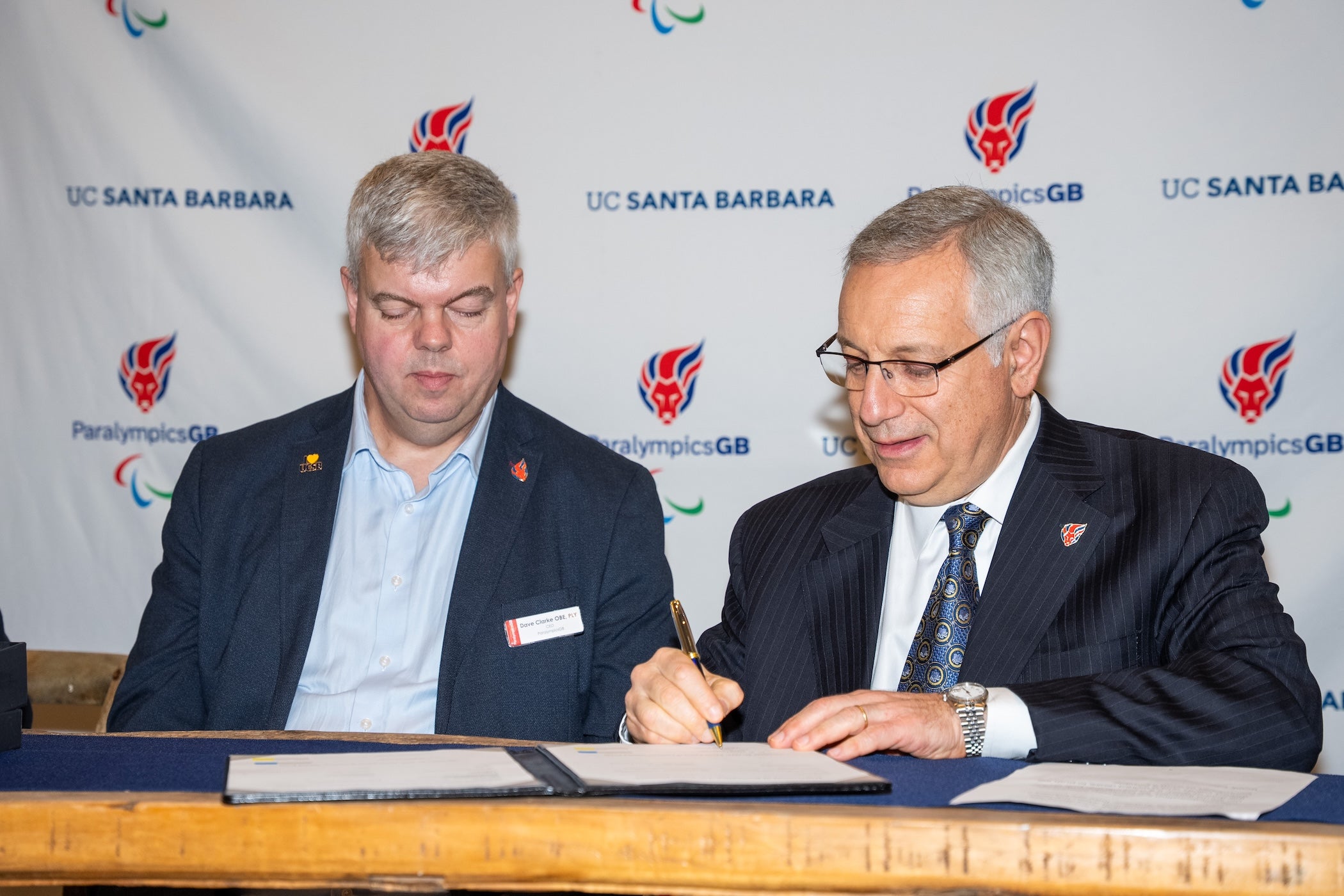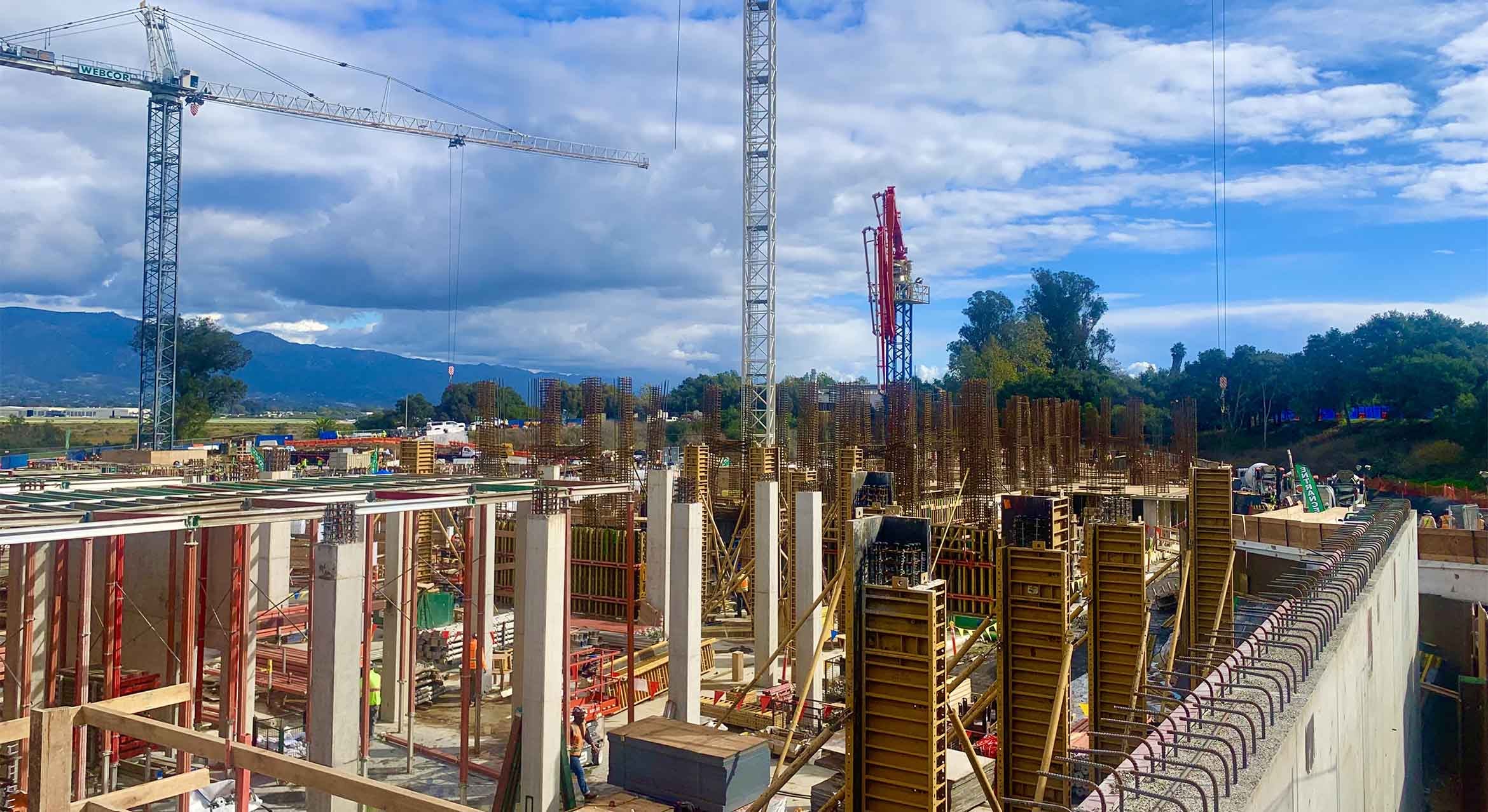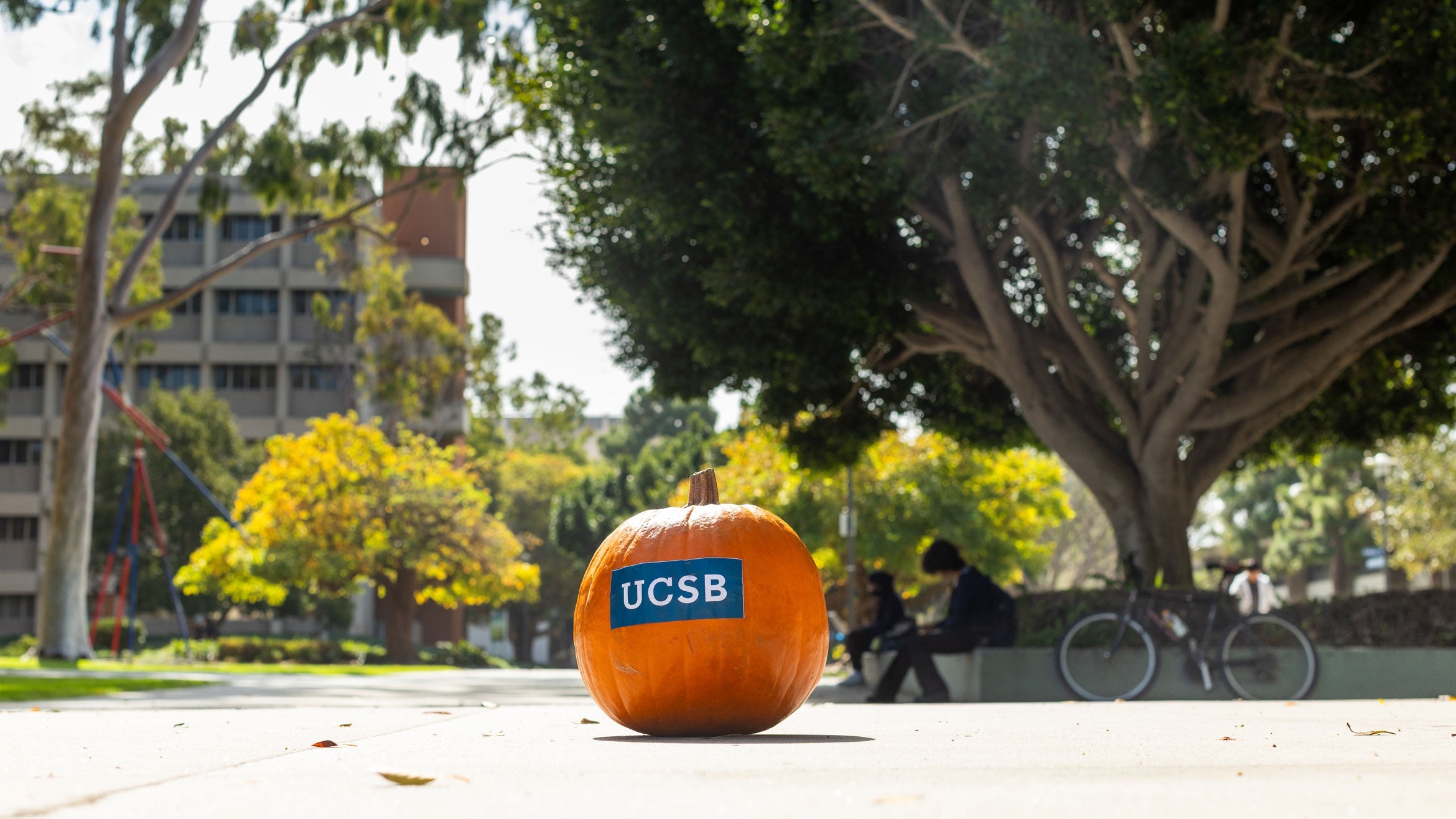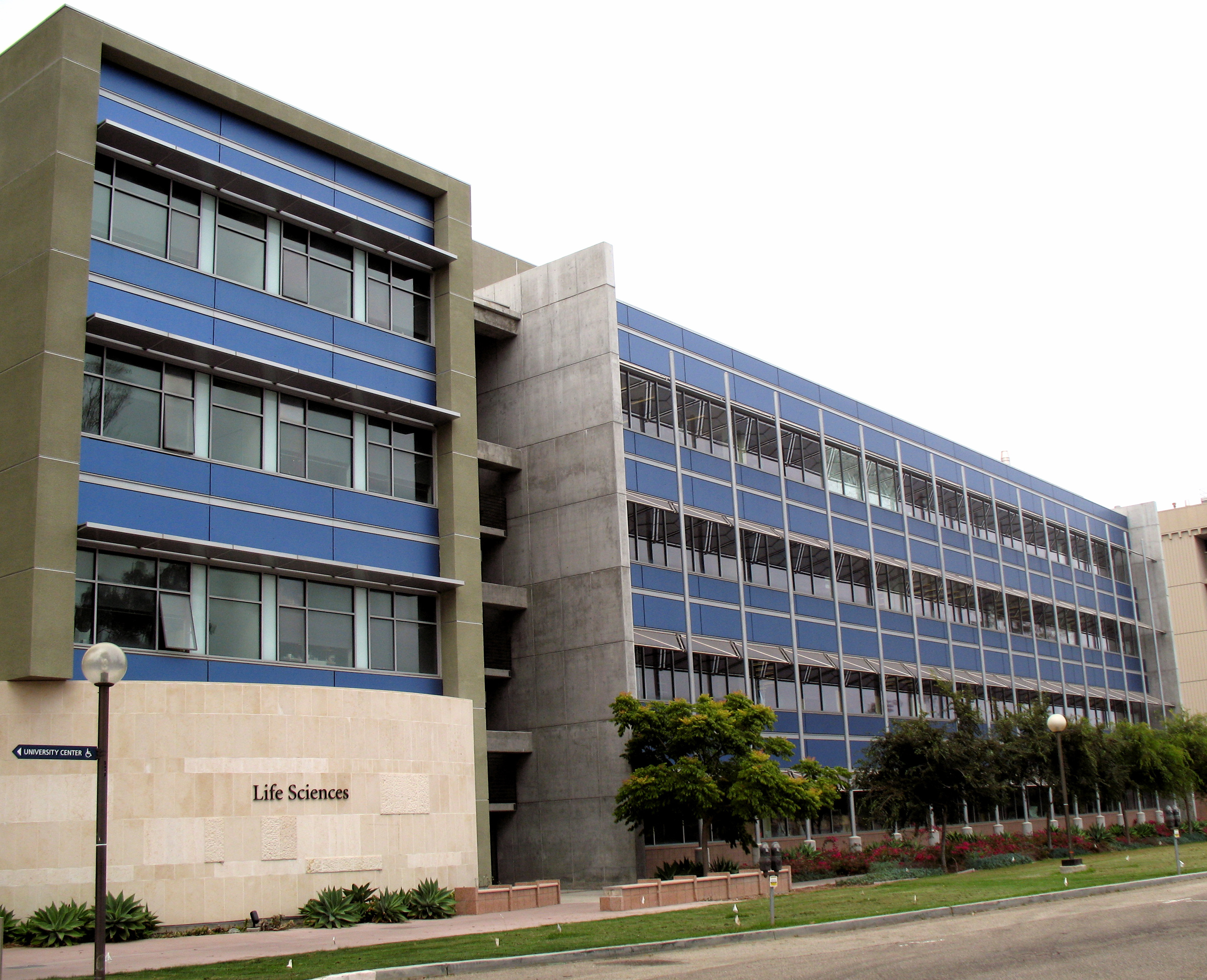
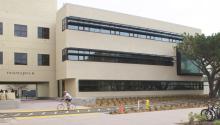
UC Santa Barbara's Life Sciences and Engineering II buildings have been awarded Leadership in Energy and Environmental Design (LEED) certification by the U.S. Green Building Council (USGBC). LEED is the USGBC's rating system for designing and constructing the world's greenest, most energy efficient, and high-performing buildings.
A recent addition to the Engineering II building received LEED Gold certification in the New Construction category, while the Life Sciences Building received a LEED Silver certification in the Existing Buildings category.
"We are very proud that UC Santa Barbara continues to lead the way in sustainable design and environmental best practices," said Chancellor Henry T. Yang. "The new LEED Gold certification for our Engineering II Addition and LEED EB Silver certification for our Life Sciences Building are a testament to our campus's unwavering commitment to green buildings. I would like to thank all of our faculty, students, and staff who have demonstrated such tremendous dedication and creativity in helping to make our campus a ‘living laboratory' for the research, teaching, and practice of environmental sustainability."
Bruce Tiffney, dean of UCSB's College of Creative Studies and co-chair of the Chancellor's Sustainability Committee, said that the committee is "delighted" with the LEED certifications, adding that the recognition reflects the dedication and hard work of many UCSB staff members. "These awards are a tangible monument to the selfless work of the many staff who have labored on behalf of our campus," Tiffney said. "With continued effort, many more UCSB buildings will achieve similar certifications for both new and existing construction, underscoring UC Santa Barbara's leadership in sustainable construction."
Campus sustainability officials said that the Life Sciences Building certification is a result of a collaboration between UCSB's Physical Facilities division and the campus's Laboratory Research and Technical Staff (LabRATS) program. It is also due to the work of a handful of student volunteers, they said, and the commitment of faculty and staff from two academic departments based in the Life Sciences Building: Ecology, Evolution and Marine Biology; and Molecular, Cellular and Developmental Biology.
"Early collaboration between our design teams, contractors, and on-campus engineers has been the key to building and running resource-efficient facilities," said Jordan Sager, UCSB's LEED program manager. "Achieving these two LEED green building certifications is a welcome acknowledgement of UCSB's focus on bringing sustainability through each building's life cycle –– from design and construction, to operations and maintenance."
Construction on the Life Sciences Building was completed in 2003. It features a total of 80,000 square feet, with 35,000 square feet of laboratory space. It has a 150-seat lecture hall, state-of-the-art biology research laboratories, a National Institute of Health-funded Alzheimer's research laboratory, and other faculty research labs.
Among the achievements noted during the LEED assessment of the Life Sciences Building were water savings of 29 percent; waste minimization strategies, including copy paper reuse; and design for day lighting of lab and office spaces. Integration with UCSB's chilled water loop put the Life Sciences Building in the 90th percentile in energy efficiency among lab facilities in its climate zone.
Construction on the 20,000-square-foot Engineering II addition was completed earlier this year. The building includes classrooms, as well as the laboratory and administrative offices for the Solid State Lighting and Energy Center, led by Professors Shuji Nakamura and Steven Den Baars.
Among the achievements noted during the LEED assessment of the Engineering II addition were water savings of 40 percent; over 20 percent of building materials extracted and manufactured in and around the South Coast region; and recycling of 90 percent of construction waste from the project, diverting 150 tons of materials from landfills.
These are the seventh and eighth UCSB facilities to receive LEED certification. In 2009, the San Clemente Villages graduate student housing complex received LEED Gold certification in the New Construction category. Bren Hall, home of the Bren School of Environmental Science & Management, became the first building in the country to receive double LEED Platinum certification –– in the New Construction (2003) and Existing Buildings (2009) categories.
In 2005, Girvetz Hall became the first building at UCSB to be certified in the LEED Existing Buildings category. It achieved a LEED Silver rating in 2005, becoming the first LEED for Existing Buildings project in the UC system. The LEED for Existing Buildings program promotes sustainable building operations through energy and water efficiency, waste and recycling, green cleaning and custodial protocols, and sustainable purchasing.
In 2006, the Marine Science Research Building received LEED New Construction certification. In 2008, the Student Resources Building received LEED New Construction Silver certification, while the Recreation Center received LEED Existing Building Silver certification.
UCSB is one of three universities in the U.S. participating in the pilot phase of the LEED Portfolio Program. The campus plans to certify 25 existing buildings by the end of 2012. In 2002, Chancellor Yang created a campus practice stating that all new buildings commissioned after July 1, 2004, must meet a minimum of LEED Silver. Earlier this year, the Chancellor's Sustainability Committee established a new interim policy that all buildings commissioned after July 1, 2010, must meet a minimum of LEED Gold.
Related Links
